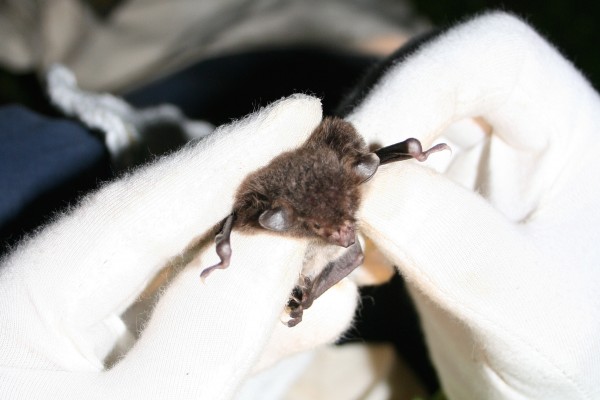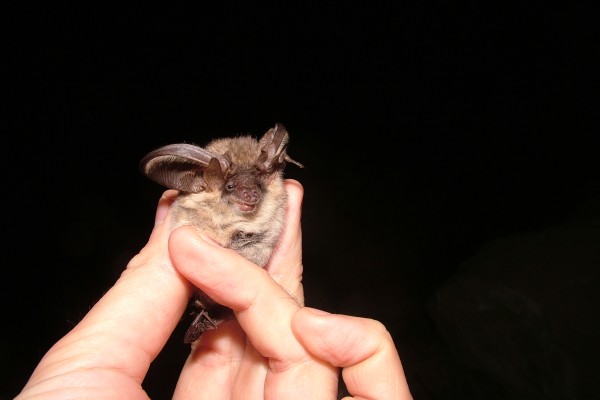In April 2014 the Bat Conservation Trust (BCT) reported on the conviction of Hargudial Singh RAI and ISAR Enterprises Ltd for destroying a roost used by brown long-eared bats in Matlock. The BCT believes that this case is the most significant conviction for bat crime ever recorded. Not only is it the first occasion where such a case has been heard in the Crown Court but to their knowledge, it is the first time that a proceeds of crime application has been heard in relation any wildlife crime not involving the illegal trade in endangered species.
On 7th March 2016, His Honour John Burgess sitting at Derby Crown Court heard the matter and fined ISAR Enterprises Ltd £3000, ordered them to pay £2000 costs and made a confiscation order under the Proceeds of Crime Act in the sum of £5730. A strong message is being sent to developers to the effect that they cannot, in future, expect to benefit from criminal behaviour.





